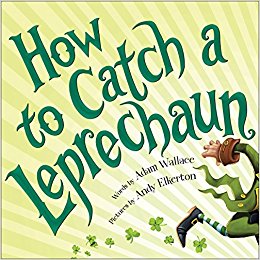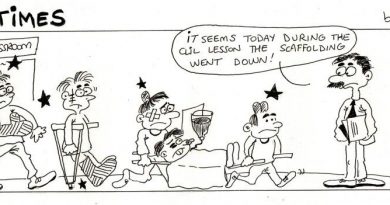How to catch a Leprechaun
https://www.facebook.com/OposicionesIn…/
http://blog.oposicionesingles.com/how-t…
http://oposicionesingles.com/
Essential Content In One Page
TOPIC 16. Children´s literature in english. Didactic techniques to achieve oral comprehension, to initiate and encourage reading habits & to appreciate the poetic function of language.
1. Introduction
• Communicative competence definition.
• Natural route for learning any language goes through reception before production (receptive skills are nor passive). Relevance of receptive skills for effective FLL.
• Children´s literature to approach listening and reading.
• Development of reading habits.
2. Children`s literature in English
• Definition. Role of technologies (Barone 2011)
• Factors for the development of children´s literature (rise of the middle class)
• Brief history: 19th century (flourishing of children´s literature…examples). 20th century (comics, entertaining stories…). Current trends (Barone, 2011) →expansion of topics, illustrations…
• Typology of children´s literature (adults´ books, unmarked audience, traditional, fantasy, adapted classics.
• Using literature in the FL class: (Van 2009) Advantages (meaningful contexts, cultural awareness…
• Children’s literature can integrate the four skills:
3. Oral comprehension, the poetic function of the language
• Defining listening (Rost, 2005) complex cognitive process (hearing, categorization of sounds, word recognition and comprehension)
• The mental demands in active listening are clearly meaning-focused instead of language-focused.
• “Input Hypothesis” by Krashen (i+1).
• Comprehension strategies: intelligent guessing (predicting, inferring from the context…)
• Staging listening and types of activities (pre-while-post)
• The poetic function of the language (can be worked in the FL class through activities related to poems, songs, chants, rhymes…). Practical proposal (food poem, pizza chant, five senses poem…)
4. Development of reading habits
• D. _____+ block number_______(regional curriculum) (Comprehension of written texts).
• Principles to develop a taste for reading (usefulness, active and joyful, supported, organisation of reading corner, meaningful and purposeful activities)
• Reading techniques (skimming-extensive reading and scanning-intensive reading)
• key strategies to support and motivate students towards reading: word learning strategies, sentence and discourse level strategies (inferring, visuals), take advantage of games (jumbled texts, e-mail friend, pass the message…)
5. Conclusion
• The integration of literature in FLT requires devising appropriate sequences of work in which students can apply listening and reading strategies.
• Strategies shall be much more effective if they are embedded in joyful activities in which students perceive the usefulness of the FL.
• By getting students to discover FL literature, practise receptive skills and play, we shall be contributing to the development of our learners´ communicative competence.
———————————————————————————————————————————————-
You have been planning night and day, and finally you’ve created the perfect trap! Now all you need to do is wait. Is this the year you’ll finally catch the leprechaun? Start a St. Patrick’s Day tradition with this fun and lively children’s book.
How to catch a leprechaun?
It’s tougher than you think!
He’ll turn your whole house upside down.
He’s quicker than a wink!



